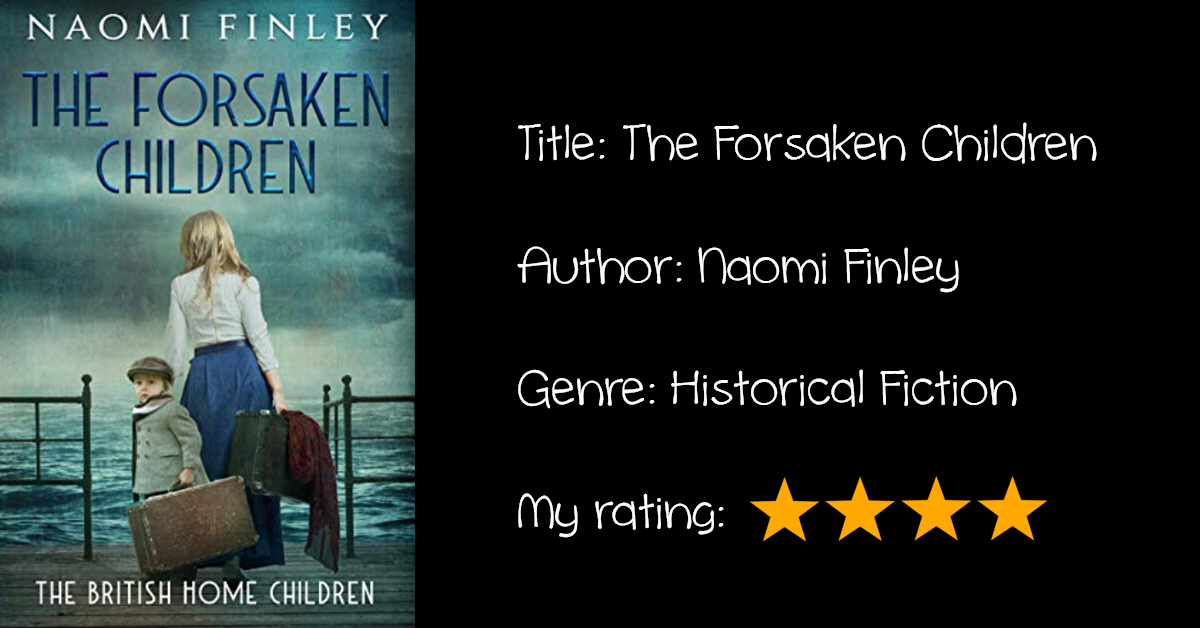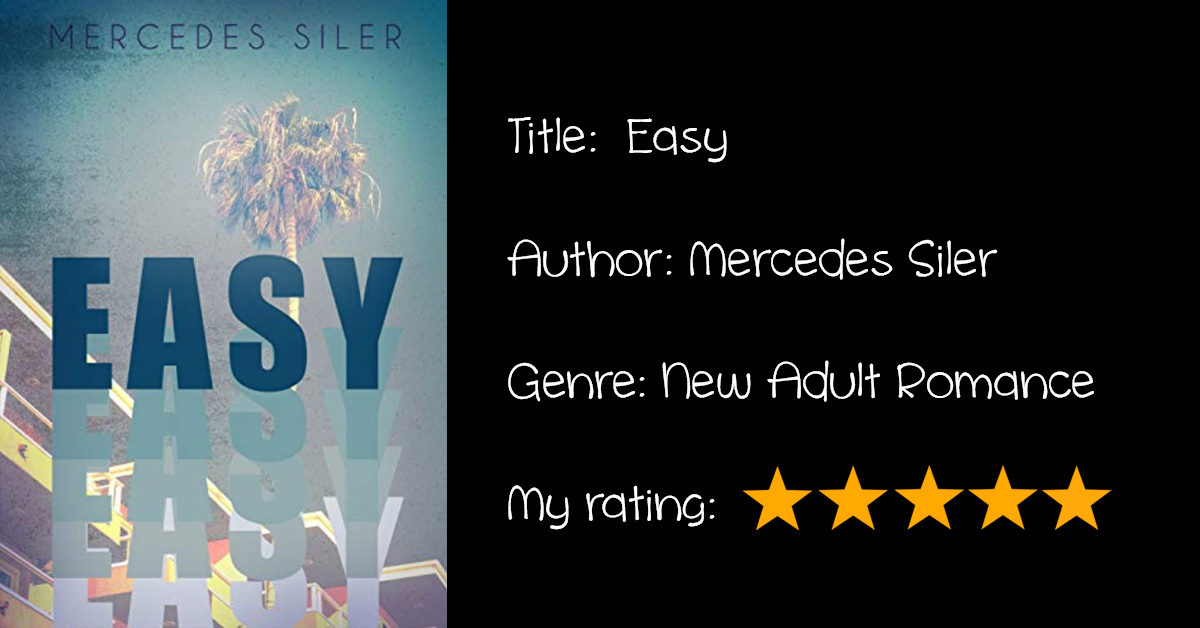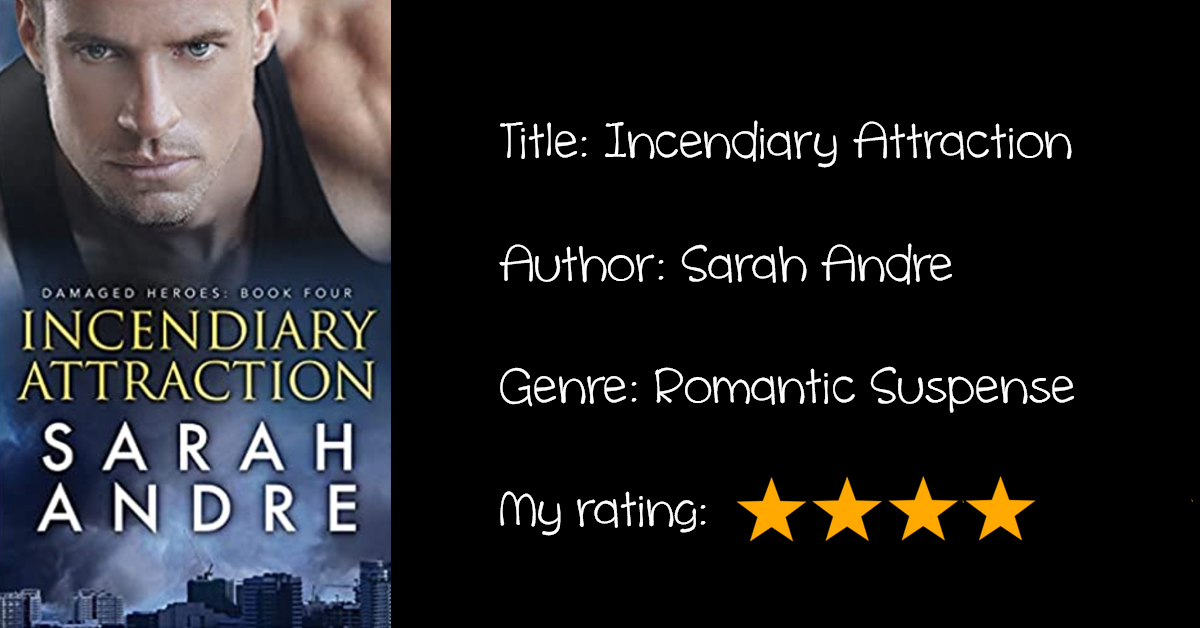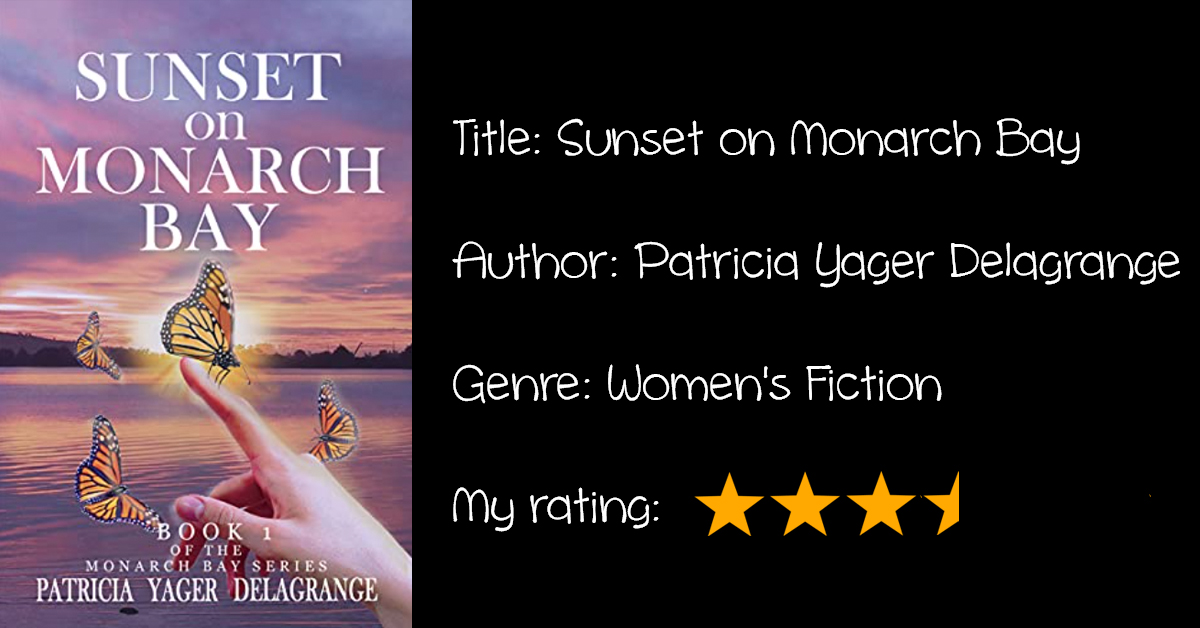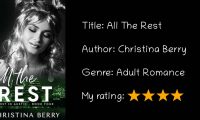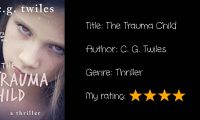Review: “The Forsaken Children”
This book came to me via an ARC program, and I chose it because I was in the mood for something different than my usual genres.
The Premise
Between 1869-1932, over 100,000 children were sent from the United Kingdom to Canada and other countries through assisted juvenile emigration. Called “home children”, many were distributed from a receiving home to families in rural Canada, where they worked under contract until they came of age. It intended to assist the impoverished British children and alleviate the labour shortage in the destination countries, but research eventually exposed abuse and hardships of some of the relocated children via this scheme.
Hazel’s story is a fictional account of the plight that befell some of these children. 15-year-old Hazel and her 6-year-old brother are placed temporarily in a home by their mother, but before she can return for them, they are shipped off from Liverpool, England, to Ontario, Canada. She is met with heartache when the siblings are immediately separated, and she is put into a home with a strict headmistress. Her life takes a turn for the worse when she is sent to the Gagnons to care for their children and the home. There, the brutal abuse from Mrs. Gagnon threatens to break her spirit.
Meanwhile, former home child Charlotte Appleton and her sister Ellie, now adults and workers at the receiving home, are fighting to make a difference after what they have endured. Charlotte strives to help the children that pass through the home, and takes a particular interest in Hazel after finding out what had happened to a previous girl at the Gagnons’ farm. Can her efforts prevent Hazel from the same fate?
The Pros
This was a heartbreaking story, told beautifully and effectively. The details of the abuse and the day-to-day living were well done, and there were many complicated characters that brought the story to life. At times my heart soared for the poor children suffering at the hands of their mother, a religious fanatic, while they craved the love from Hazel. There were themes of physical, emotional, and sexual abuse interwoven throughout the novel, as well as salvation and redemption through the possibility of a rescue that felt like it took far too long to come.
The Cons
While I enjoyed the story, it got off to a bit of a slow start — a prequel was included, which felt disjointed somehow because it then shifted to a prologue from Hazel’s mother’s viewpoint, and this was the only time we see her side. There were also a few other hitches in the narrative that were confusing, as it switched between viewpoints frequently and at times didn’t mention who was speaking. I also wasn’t sure at its end if there would be a second part, as some things felt unresolved, however given the genre this may be the grim reality of life.
Conclusion
This was a really interesting novel that dealt with a difficult topic with style and nuance. I remember reading books which mentioned child emigration and labour, but it was a sanitised version of this scheme. I was not truly aware of this part of history, and Hazel’s and Charlotte’s stories led me to do my own research to learn more about it — which is a hallmark of any good historical fiction. I would highly recommend to other mature readers, and look forward to reading more from the author.
